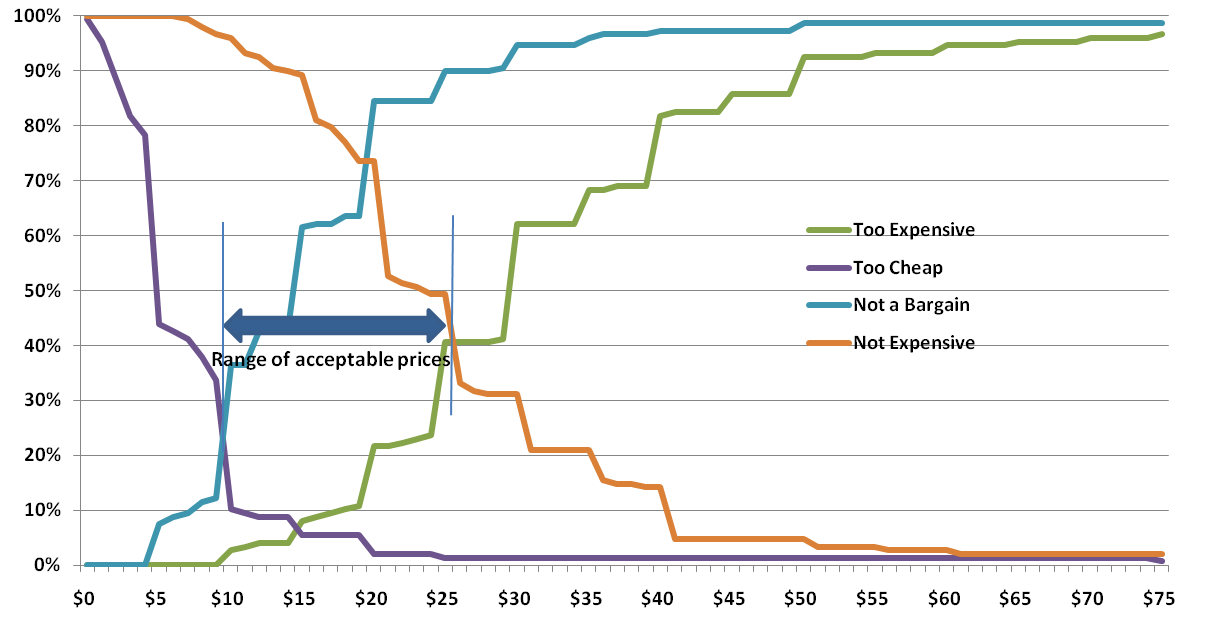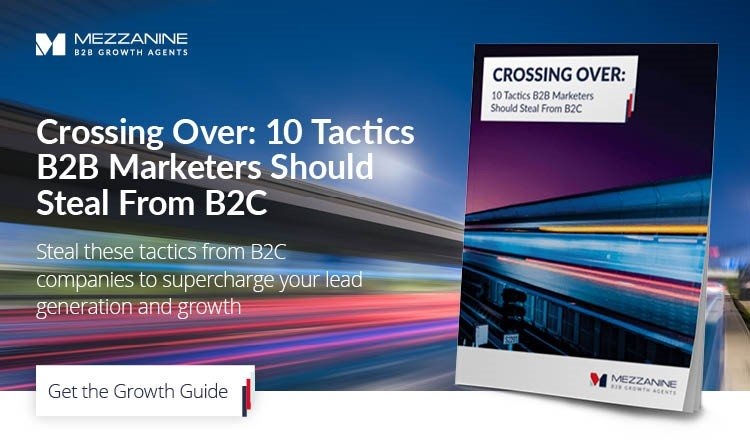3 Ways To Find The Right Pricing Strategy For Your B2B Product

Pricing strategy is a tricky issue. Price too high and you won't gain traction in a market. Price too low and you won't make enough profit to fund growth. What’s the right approach for business-to-business (B2B) companies?

There are 3 fundamental approaches that marketing consultants and B2B marketers use to define pricing strategy.
1. The Academic Approach
Some B2B leaders start with an academic approach, called Van Westendorp’s price sensitivity meter. It has four questions:
- At what price would customers consider the product so expensive that they would not consider buying it? (Too expensive)
- At what price would customers consider the price of the product so low that they’d question its quality? (Too cheap)
- At what price would customers consider the product starting to get expensive – not out of the question, but they’d need to give some thought to buying it? (Expensive)
- At what price would customers consider the product a bargain – a great deal for the money? (Inexpensive)
You plot the answers on a graph and analyze the results.
Here’s an example, with the 'range of acceptable prices' showing between the light blue bars:
Source: http://www.5circles.com/van-westendorp-pricing-the-price-sensitivity-meter/
This is a fabulous tool – IF you can get the data.
It works especially well for consumer products, but not so well in business-to-business (B2B) because of the difficulty of getting data. So most marketing consultants and B2B marketers don't generally find this model the most practical.
2. Pragmatic Approach
The second approach is a pragmatic approach that works better in B2B. In this approach, you consider three questions:
- How much is the product worth to the customer? (What problem does it solve, how costly is that problem?)
- How much can the customer afford to pay? (This dictates target markets as much as it does pricing strategy.)
- What does it cost to produce and deliver the product or service? (If the answer to #3 is higher than #1 or #2, you have a problem.)
This is a simple framework, and it’s a practical starting point for pricing strategy. There is an important fourth question that you can add to flesh out this model. It's a question about perception: what does the customer perceive as the value of what you’re offering?
3. Conjoint Analysis
The final powerful and practical tool to help set your pricing strategy is conjoint analysis.
Conjoint analysis allows companies to test various price and product scenarios and determine the best cost and price combination. Here’s a great primer on conjoint analysis.
Summary
Effective pricing is one of the most powerful ways to grow B2B revenues and profits. But, it's one of the trickiest elements that B2B sales and marketing leaders deal with. The good news is that you have several tools at your disposal, and you have the flexibility of trialing many approaches - between digital A / B testing and the ability to try different approaches in one-to-one proposals with your B2B prospects, you can gain important insights to the results of different pricing approaches.
.png?width=2361&height=488&name=Mezzanine%20Logo_Horiz_RGB_on%20blue%20(1).png)


